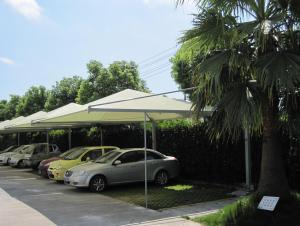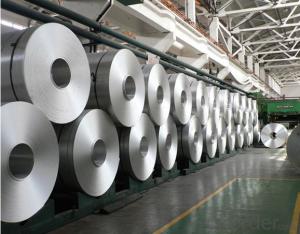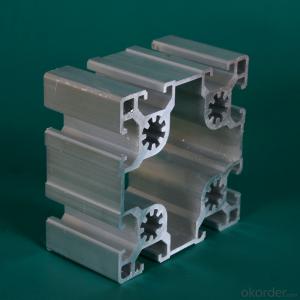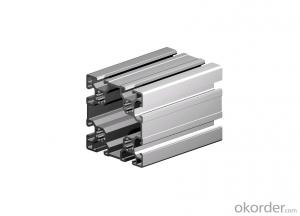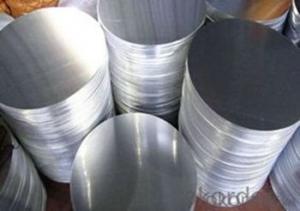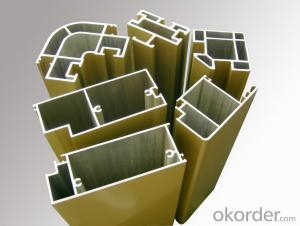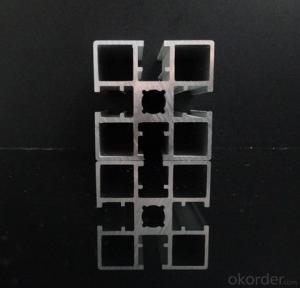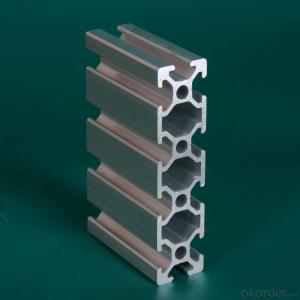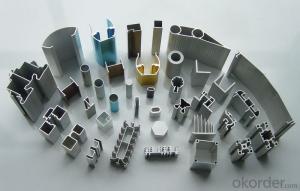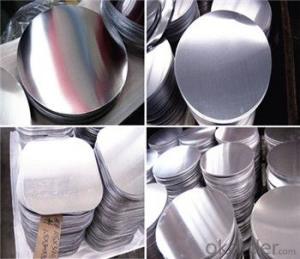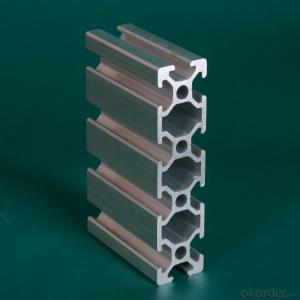Aluminum Awning Windows
Aluminum Awning Windows Related Searches
Led Light Bulbs For Ceiling Fixtures Led Lamps For Ceiling 42 In Ceiling Fan With Light Aluminum Coil Stock For Gutters Aluminum Foil For The Grill Hole Saw For Aluminum Plate Aluminum Tread Plate For Trailer Bow Plate For Aluminum Boat Aluminum Foil For Grow Room Aluminum Foil For Joint PainHot Searches
Stock Price For Aluminum Aluminum Coil Stock For Sale Aluminum Gutter Coil For Sale Used Aluminum Scaffolding For Sale 1/4 Aluminum Plate For Sale Aluminum Bar Stock For Sale Aluminum Round Stock For Sale Aluminum Diamond Plate For Sale Aluminum Scaffolding For Sale Craigslist 6061 Aluminum Plate For Sale Aluminum Dock Plate For Sale 7075 Aluminum Plate For Sale Aluminum Tread Plate For Sale Aluminum Checker Plate For Sale Aluminum Plate For Sale Near Me Plate Aluminum For Sale Aluminum Plate For Sale Aluminum Square Stock For Sale Aluminum Flat Stock For Sale Billet Aluminum Stock For SaleAluminum Awning Windows Supplier & Manufacturer from China
Okorder.com is a professional Aluminum Awning Windows supplier & manufacturer, offers integrated one-stop services including real-time quoting and online cargo tracking. We are funded by CNBM Group, a Fortune 500 enterprise and the largest Aluminum Awning Windows firm in China.Hot Products
FAQ
- I have a disinfection cabinet to cut off a piece of aluminum to install the control board, how to cut? What tool to cut?
- The use of wire saw can be sawed, if you cannot use a wire saw, it can only be used to drill holes along the need the position of the drill hole, finally use a tool to trim it to the edge.
- When choosing the right aluminum profile for your project, there are several factors you should consider. Firstly, you need to determine the specific requirements of your project. Consider the purpose and function of the aluminum profile, as well as any specific dimensions or specifications it needs to meet. This will help you narrow down your options and ensure you choose a profile that is suitable for your project. Next, think about the type of aluminum profile that would be most appropriate for your project. There are various types available, such as T-slotted profiles, angle profiles, or channel profiles. Each type has its own advantages and applications, so it's important to understand the differences and select the one that best fits your needs. Consider the strength and durability of the aluminum profile. Evaluate the load-bearing capacity and resistance to corrosion or other environmental factors. Depending on the nature of your project, you may need a profile that can withstand heavy loads or harsh conditions. Another important factor to consider is the compatibility of the aluminum profile with other components or systems. If you plan to use the profile in conjunction with other materials or hardware, ensure they are compatible and can be easily integrated. Additionally, take into account the cost and availability of the aluminum profile. Compare prices from different suppliers and consider the availability of the profile in the required quantity and timeframe. Lastly, it can be beneficial to seek expert advice or consult with professionals who have experience working with aluminum profiles. They can provide valuable insights and recommendations based on their knowledge and expertise. By considering these factors, you can make an informed decision and choose the right aluminum profile that will meet the specific requirements of your project.
- Aluminum profiles have very low magnetic properties, meaning they are not easily attracted or influenced by magnetic fields.
- The mechanical properties of aluminum profiles include high strength-to-weight ratio, excellent corrosion resistance, good thermal and electrical conductivity, and the ability to be easily fabricated and welded.
- Yes, there are a few special considerations for installing aluminum profiles. Firstly, it is important to ensure that the installation surface is clean and free from any debris or contaminants that could affect the adhesion or stability of the profiles. Secondly, proper measurement and alignment are crucial for a precise and secure installation. Additionally, it is advisable to use appropriate tools and techniques for cutting and shaping the profiles to avoid any damage or distortion. Finally, if the installation involves outdoor or high-moisture areas, it is recommended to use aluminum profiles that are specifically designed for such conditions to ensure longevity and durability.
- No, aluminum profiles are not suitable for electrical conductivity applications. While aluminum is a good conductor of electricity, aluminum profiles often have an oxide layer on their surface, which can hinder electrical conductivity. Additionally, aluminum profiles are prone to corrosion, which can further impact their conductivity. Therefore, materials with better conductivity properties such as copper or silver are usually preferred for electrical conductivity applications.
- Automotive body structures can indeed utilize aluminum profiles effectively. Aluminum, being a lightweight and durable material, offers numerous advantages in the automotive industry. Its high strength-to-weight ratio makes it an ideal option for constructing body frames, panels, and other structural components. The utilization of aluminum profiles in automotive body structures brings several benefits. Firstly, it enhances fuel efficiency by reducing the overall weight of the vehicle. This, in turn, leads to improved acceleration and handling. Moreover, aluminum exhibits exceptional corrosion resistance, allowing it to withstand harsh environmental conditions and increase the lifespan of the vehicle. Additionally, aluminum profiles can be easily shaped and molded into intricate designs, providing greater flexibility in automotive body structures. This versatility enables manufacturers to create more visually appealing and aerodynamic vehicles. While aluminum profiles offer a multitude of advantages, there are also some considerations to bear in mind. Aluminum can be more costly than traditional steel, potentially impacting the overall cost of the vehicle. Furthermore, the repair and maintenance of aluminum structures may require specialized equipment and expertise. Nevertheless, these factors are outweighed by the benefits aluminum profiles bring to the automotive industry. In conclusion, aluminum profiles are indeed suitable for use in automotive body structures due to their lightweight, durable, corrosion-resistant properties, and design flexibility. These characteristics make them an excellent choice for constructing modern vehicles.
- Yes, aluminum profiles can be used in the production of consumer electronics. Aluminum profiles are lightweight, strong, and durable, making them suitable for various applications in the electronics industry. They can be used as housing or enclosures for devices such as smartphones, laptops, tablets, and audio equipment. The versatility of aluminum profiles allows for customization and easy integration of components, ensuring proper functioning and protection of electronic devices. Additionally, aluminum profiles can be anodized or coated to provide a sleek finish and enhance corrosion resistance, further adding to their appeal in consumer electronics production.










